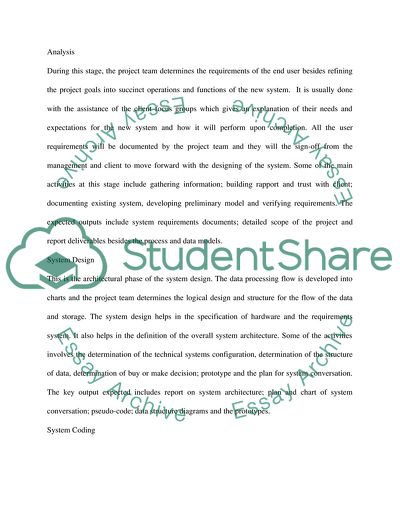Cite this document
(Systems Development Life Cycle Essay Example | Topics and Well Written Essays - 1250 words, n.d.)
Systems Development Life Cycle Essay Example | Topics and Well Written Essays - 1250 words. https://studentshare.org/information-technology/1879366-sdlc-process-models-dfd-and-erd
Systems Development Life Cycle Essay Example | Topics and Well Written Essays - 1250 words. https://studentshare.org/information-technology/1879366-sdlc-process-models-dfd-and-erd
(Systems Development Life Cycle Essay Example | Topics and Well Written Essays - 1250 Words)
Systems Development Life Cycle Essay Example | Topics and Well Written Essays - 1250 Words. https://studentshare.org/information-technology/1879366-sdlc-process-models-dfd-and-erd.
Systems Development Life Cycle Essay Example | Topics and Well Written Essays - 1250 Words. https://studentshare.org/information-technology/1879366-sdlc-process-models-dfd-and-erd.
“Systems Development Life Cycle Essay Example | Topics and Well Written Essays - 1250 Words”. https://studentshare.org/information-technology/1879366-sdlc-process-models-dfd-and-erd.


